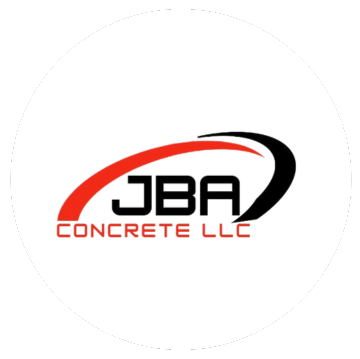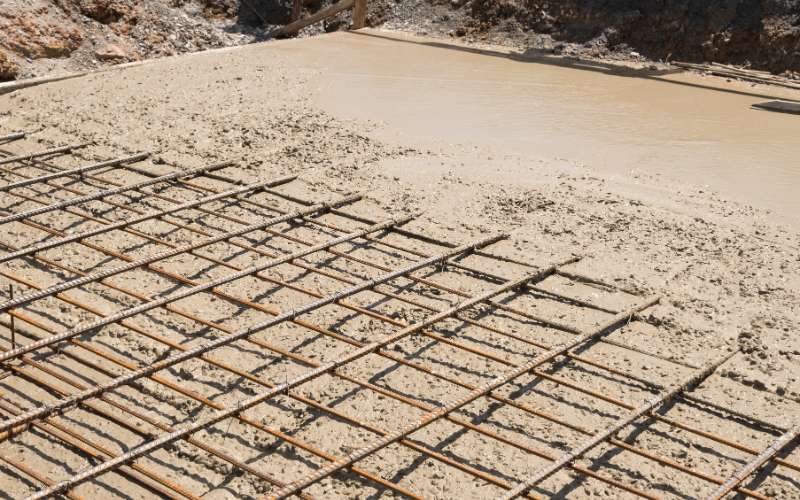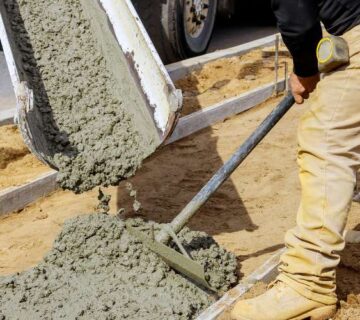Concrete is one of the most durable building materials, but it can still crack under pressure. The Benefits of Adding Fiber Reinforcement to Concrete can significantly reduce the chances of these cracks occurring. Imagine a driveway that stays intact for years or a patio that withstands heavy traffic. Fiber reinforcement offers this kind of strength. Have you ever wondered how to make your concrete projects last longer? This post will guide you through the benefits and why fiber reinforcement is worth considering.
How Fiber Reinforcement Enhances Concrete Durability
When it comes to construction, durability is always a top priority. The Benefits of Adding Fiber Reinforcement to Concrete include strengthening its structure and minimizing cracking. Fiber-reinforced concrete adds layers of resilience that allow it to resist wear and tear, making it ideal for driveways, foundations, and other high-traffic areas. But how exactly does it work?
Understanding Fiber Reinforcement
Fiber reinforcement involves mixing small fibers into the concrete during the production process. These fibers can be made of steel, glass, synthetic materials, or even natural fibers. When the concrete is poured and begins to harden, these fibers create an internal network that reinforces the structure. This network prevents cracks from expanding and provides additional strength where the concrete might otherwise fail.
Types of Fibers Used in Reinforcement
- Steel Fibers: Steel fibers are commonly used for heavy-duty construction projects. They offer maximum tensile strength and are ideal for industrial floors, tunnels, and pavements.
- Glass Fibers: Glass fibers are corrosion-resistant, making them perfect for areas exposed to moisture, such as swimming pools and water tanks.
- Synthetic Fibers: Synthetic fibers, such as polypropylene, are cost-effective and improve the concrete’s durability without adding much weight. They are frequently used in residential projects.
- Natural Fibers: For eco-friendly construction, natural fibers like hemp or jute offer a sustainable option that still strengthens concrete.
Key Benefits of Adding Fiber Reinforcement to Concrete
The Benefits of Adding Fiber Reinforcement to Concrete extend far beyond just preventing cracks. Here are several reasons why fiber reinforcement is a smart choice:
- Increased Load-Bearing Capacity: Fiber-reinforced concrete can support heavier loads without crumbling, which makes it ideal for commercial buildings, bridges, and roads.
- Crack Resistance: Small cracks in concrete can spread and cause serious structural issues. Fiber reinforcement significantly reduces the likelihood of these cracks appearing in the first place.
- Improved Durability: Weather conditions, traffic, and time can degrade regular concrete. The fibers help the concrete withstand these elements, making it last longer.
- Shrinkage Control: Concrete tends to shrink as it hardens, which can lead to cracks. Fiber reinforcement helps control this shrinkage, ensuring a smooth finish.
Practical Applications of Fiber-Reinforced Concrete
Fiber reinforcement is beneficial in a variety of applications. Some of the most common uses include:
- Residential Construction: Driveways, patios, and walkways can all benefit from fiber-reinforced concrete. It provides additional support, ensuring your home’s exterior spaces remain durable and crack-free for years.
- Commercial Projects: Parking lots, warehouses, and factories experience constant stress from vehicles and heavy machinery. Fiber-reinforced concrete adds the necessary strength to handle this wear and tear.
- Infrastructure Development: Bridges, tunnels, and highways must endure the elements as well as heavy traffic. Fiber reinforcement enhances their structural integrity, leading to longer-lasting infrastructure.
Cost vs. Long-Term Value
Some may wonder about the costs involved in adding fiber reinforcement to concrete. While the upfront costs are higher than traditional concrete, the long-term value is undeniable. The durability and crack resistance provided by fiber reinforcement reduces the need for repairs and maintenance. Over time, this leads to significant cost savings, particularly for large projects.
Environmental Impact of Fiber-Reinforced Concrete
The Benefits of Adding Fiber Reinforcement to Concrete also include environmental benefits. By increasing the durability of the material, it reduces the frequency of replacements, leading to less waste. Additionally, using eco-friendly natural fibers can make the construction process more sustainable.
Strengthen Your Concrete with Fiber Reinforcement
Adding fiber reinforcement to concrete is a smart investment for any construction project. Whether you’re building a patio or a commercial warehouse, the benefits of adding fiber reinforcement to concrete include increased durability, crack resistance, and long-term savings. Don’t settle for standard concrete when fiber reinforcement can offer enhanced performance. Ready to make your concrete last longer? Contact us today to discuss how fiber reinforcement can improve your next project.





No comment